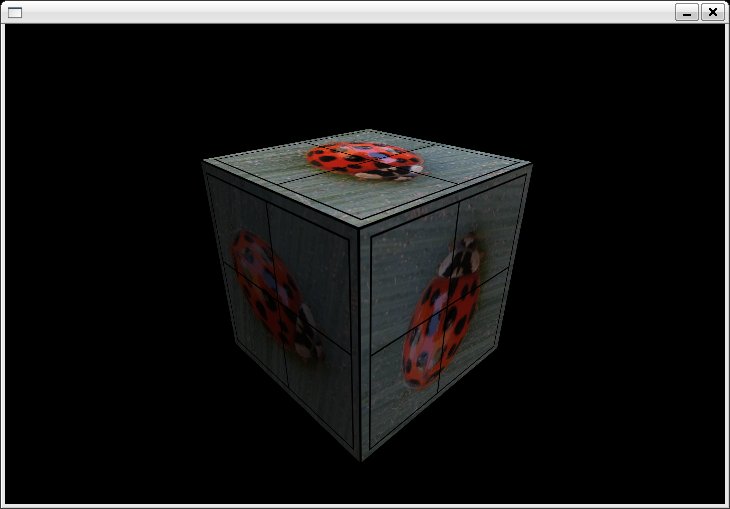PS3/Cell SPU Rendering System
Introduction
When the PS3 was released, I was really excited to be able to run Linux on it
and write some SPU programs. Since Linux doesn't have access to the PS3's
GPU, I thought it would be interesting to write a rendering system that ran
on the SPU's. The SPU's are extremely powerful so it should be possible to
write a software rasterizer that is much faster than one written for a standard
PC.
Challenges
The SPU's can only directly access a small amount of memory. Each SPU has
256Kb of extremely fast local memory in which all data and code must be stored.
However, DMA's can be used to transfer data to/from main memory.
The Cell is an asymmetric multiprocessing system. In order to run efficiently
the rasterizer must run on multiple cores simultaneously. That makes
concurrent access to a shared resource (e.g. a framebuffer) more difficult.
"Assets"
The SPU's are very fast. They are designed to execute SIMD programs very
quickly. In fact, almost every instruction on the SPU is a vector instruction.
They have also been designed with floating point operations in mind.
In terms of raw floating point performance a single SPU will easily surpass a
Pentium 4. Plus the PS3 has a total of 6 SPU's available to Linux.
In addition to computational power, the SPU's have extremely fast local memory.
Local memory is on chip, so there is no chance of missing cache. This makes
the SPU's extremely efficient assuming operations can operate on local memory.
Progress Reports
Aug. 12, 2007
This is my first progress report about the rendering system. I have actually
spent quite a lot of time working on it, so a lot of features have been
implemented. It currently has the following features:
-
"Programmable" vertex and fragment shaders.
-
All vertex and fragment computations can be done on the SPU (or PPU if desired).
-
Texturing with nearest neighbor or bilinear interpolation.
The vertex and fragment shaders are programmable, but is currently limited to
a single shader of each type. i.e. there is one global vertex/fragment shader.
Here are some screenshots of the rasterizer running in a window on the PS3.

This is a rasterization of the famous Stanford Bunny. The model has been lit
by a point light, and its surface coloration is based on the surface normal.
|

This is a rasterization of a simple textured cube. The current texture sampler
being used performs a bilinear filter. However, a trilinear filter could be
easily supported with reduced performance.
|
| 


